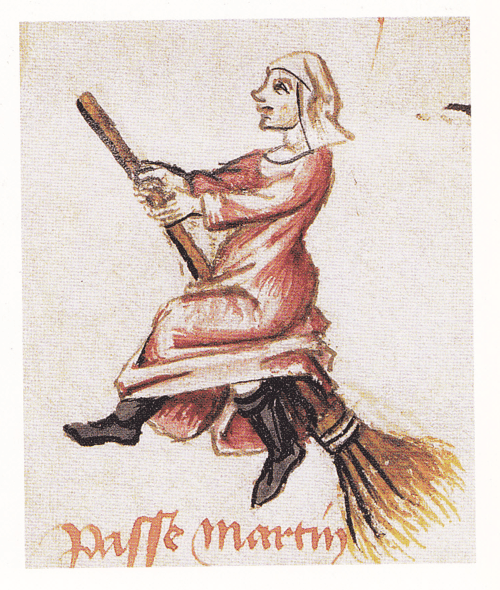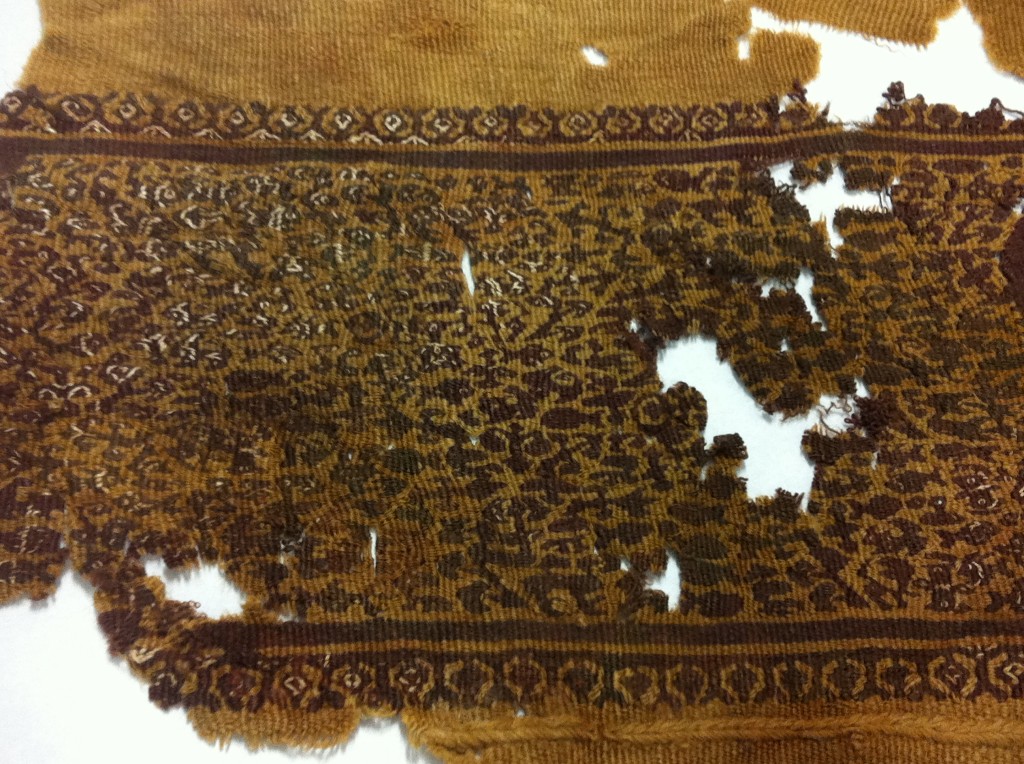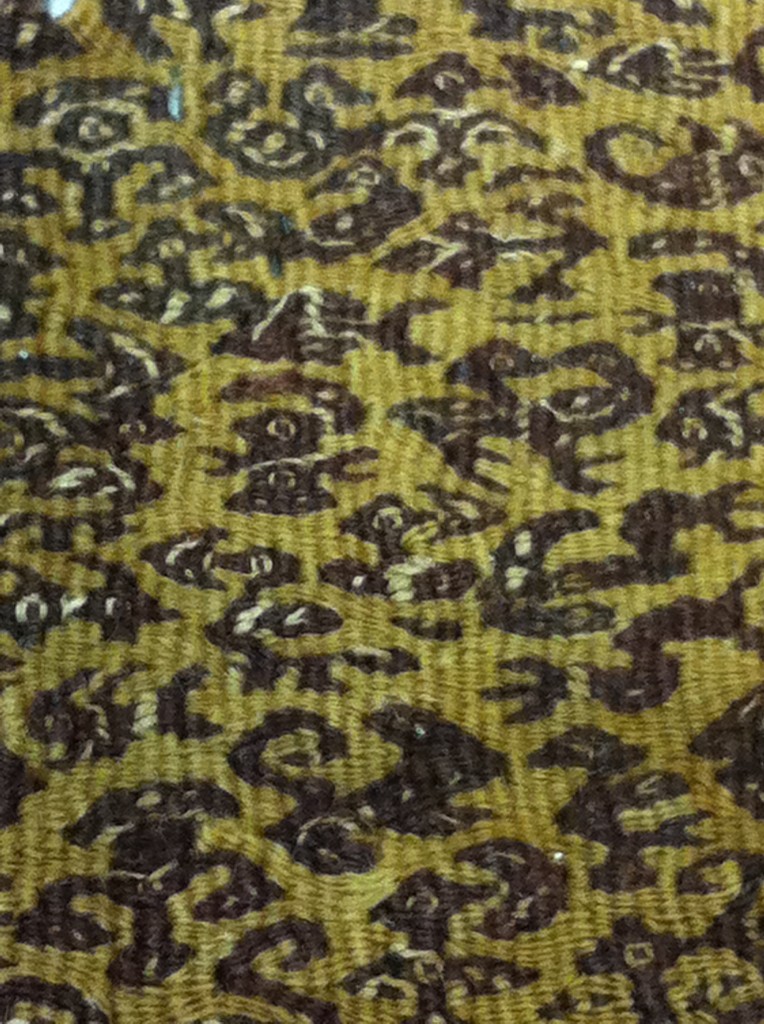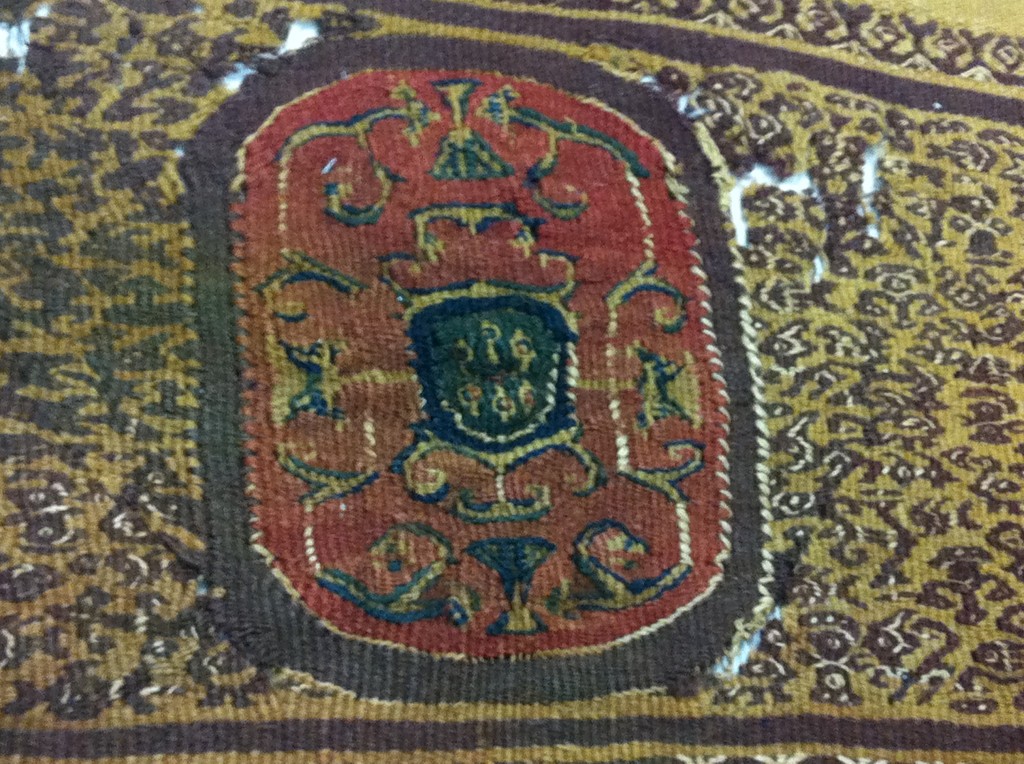Getting of to Rowany Festival each year is a lot of hard work, and that is if everything runs smoothly. But there is so much potential for something trip to go pear shaped that over the years you expect at least one thing won’t go to plan. Normally it’ll be ridiculous amounts of road works that slow down your trip causing you to arrive and be setting up in the dark. Or it will be a ‘eek, no Vacancies in Tarree’ moment and you end up driving right through the night and arriving on site at sparrow’s without having slept at all. Or you’ll rock up on site and discover your tent is all there except for your fly and suddenly you’re trying to cadge a space in someone else’s tent! So you hope that the road trip bit isn’t going to be too traumatic… but kinda half plan for something to go awry.
This year, the cluster started before we even left town. All packed up, a tonne of stuff to take down and thankfully only half of it was coming back. Due to the huge amount of stuff we were taking (including but not limited to, 3 tents, poles and pegs, stonking huge solid jarrah medieval bed, hot water system, gas bottles, tables, chairs, stretchers, mattresses, sleeping gear, garb and I know not what!) we borrowed a trailer from some friends Mr&Mrs ColdSnail.
We get it all sorted and well packed – GraGra would have been proud at the weight distribution and Tetris-like way it all packed together – and hitch it to the car and get ready to hit the road. Only we then discover that the trailer lights don’t work! Bugger. Is it the car? The trailer? Or the seven straight to seven round adaptor causing the problem? Go to have a look at the adaptor and it literally falls apart in Yale’s hand. Not good. Off to Super Cheap to buy a new adaptor… $40 thanks for coming. Take it back, plug it in and still no joy. Car fuses are all good, cords in good nick… unscrew the lights and disco! Wires are all corroded and ain’t no way them thar trailer lights are going to work. Probably could get away with it if you’re planning on a trip around the corner to the tip, but not so much for the nearly 2000km round trip to Festival and back on one of the busies weekends of the year!
Switch to Plan B! Try the external trailer lights we had put on GraGra’s old trailer the previous year and attach them to the borrowed trailer. But of course, since that trailer was used a while ago to move furntiture and stuff, it’s been sitting outside and these temporary light boards aren’t designed to withstand the elements permanently so it too was sufferering from corrosion! Off to Super Cheap to buy another external trailer light board… $104 thanks for coming. Take it back and hook it directly to car and finally we have lift off!
Yale gets on the road nearly three hours later and $150 lighter than planned 🙁 Yeah. That bit isn’t so great. Things seemed to be going okay, other than the aforementioned and anticipated road works on the Pacific Highway slowing things down from time to time until… blown out trailer tyre at 100kmph just north of Taree. Absolutely shredded. Thankfully Yale is ‘car people’ and has the right tools, nouse and skills to 1) not careen off the road 2) change the tyre without too much ill effect and 3) get going again in short time. Find a place to get the tyre replaced and drop it off with a promise of picking it up tomorrow. Find somewhere to stay in Taree.
Come back the next afternoon to collect the tyre only to be told, ‘we didn’t get to it, sorry mate, come back after the holidays’. Head off for the rest of the journey without a spare and keep fingers crossed. Spend the weekend off Medievalling in a paddock – set up, dress up, go to court, shop a bit, drink a lot, pack down, and head off again! And that’s the quickest version of that event you’ll ever hear!
Drive back to collect tyre, thankfully all fixed… $90 thanks for coming. And head back to Bris Vegas for a long but thankfully uneventful trip!












